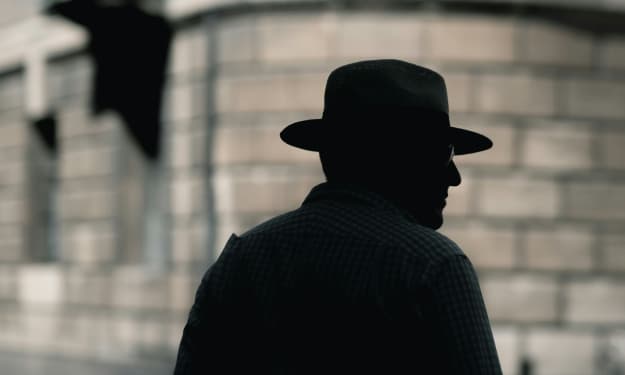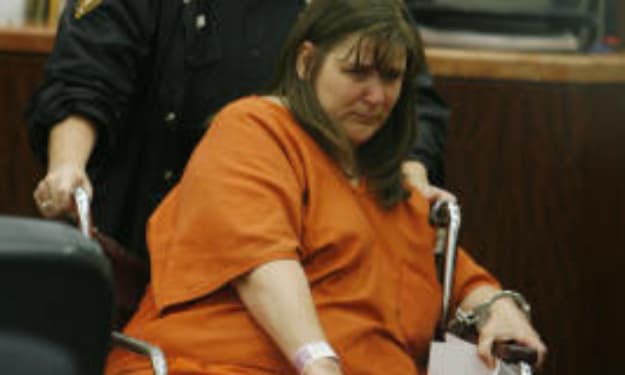Murder in Rwanda
What happened?

During a period of 100 days in 1994, the African nation of Rwanda experienced a horrifying wave of mass murder. The violence tore communities apart as neighbor turned against neighbor, resulting in the deaths of more than one-tenth of the country's population.
The roots of this conflict can be traced back a century earlier when German and later Belgian colonizers arrived in Rwanda. At that time, Rwanda was under the rule of a Tutsi monarchy, one of the three ethnic groups that comprised the population. The Tutsi and the smaller Twa communities were minority groups, while the Hutu constituted the majority. Initially, relations between Hutus and Tutsis were generally amicable, but the colonial powers encouraged political divisions. The Belgians implemented a system of record keeping based on ethnic identity and propagated a narrative that portrayed the Tutsi as elite rulers and the Hutu as ordinary farmers. Over time, this propaganda fueled intense political hostility. Although colonial powers had largely withdrawn by 1959, deep-seated resentment fueled a Hutu uprising, leading to the exodus of many Tutsi leaders from the country. In the following decade, Rwanda transitioned to an independent republic with a Hutu government. This new administration argued that as the majority, the Hutu deserved exclusive access to political power. They excluded the Tutsi minority by appointing officials based on population and prevented the return of Tutsi families who had fled earlier. Hutu extremists also disseminated propaganda blaming the Tutsi for the country's economic, social, and political problems.
In 1990, a small group of Tutsi insurgents, dissatisfied with their life in exile, invaded Rwanda, sparking a violent civil war. The conflict persisted for three years until a formal peace agreement was reached. However, the aftermath of the war was marked by insecurity. While some civilians from both groups maintained amicable relations, the peace treaty intensified political polarization. In 1994, when a plane carrying the Hutu Rwandan president was shot down, the conflict erupted once again. This time, Hutu officials had prepared a deadly response to ensure their continued grip on power. Guided by a list of targets, government-sponsored Hutu militias rampaged through the streets, perpetrating acts of physical and sexual violence against Tutsi political opponents and civilians. In the ensuing chaotic months, over 1 million Hutu civilians joined their ranks, coerced, driven by self-preservation, or pursuing personal agendas. Tutsi victims sought refuge in churches and schools, hoping that international organizations would protect them, but no external help arrived. United Nations soldiers, who had overseen the peace agreement, were instructed to abandon Tutsi civilians, and the UN leadership refused to acknowledge the genocide taking place. The violence persisted until mid-July when the Tutsi army, which had initiated the previous civil war, seized control of the country. By the end of the conflict, approximately 800,000 Rwandans had lost their lives, leaving only a small fraction of the Tutsi population alive. In the months that followed, there was no straightforward strategy for bringing the perpetrators to justice. The United Nations established a special tribunal in Tanzania to prosecute the key individuals responsible.
However, it became evident that Hutu civilians from all levels of society had committed atrocities against their neighbors, friends, and even family members. Approximately 120,000 Rwandans were awaiting trial, and the prison conditions were dire, with overcrowding and poor hygiene leading to inmate deaths. The new Rwandan government estimated that it would take 100 years to prosecute every accused civilian in the national court system. Consequently, officials decided to turn to Rwanda's traditional conflict resolution process known as gacaca. Translated as "justice on the grass," gacaca had long been employed to address offenses within villages. Local witnesses would provide testimonies and express their support or opposition to the accused. Then, appointed lay judges would determine an appropriate penalty within the community's means. In an effort to expedite the trials, the government adapted gacaca for the formal courts. These hybrid trials did not involve professional attorneys or judges and relied solely on spoken testimonies and a case file documenting the accused's crimes. All charges were categorized into four groups: masterminding the genocide and committing acts of sexual violence, participating in the killings, physical assault, or destruction of Tutsi property. Those found guilty of the first two categories were referred to the traditional court system, while the other crimes carried set penalties that could be reduced if the accused pleaded guilty. Starting in 2002, thousands of gacaca courts convened every week.
The gacaca process proved to be faster than conventional courts, but opinions in Rwanda were divided. Some individuals were hesitant to accuse their neighbors in a community setting, and many potential witnesses were intimidated to prevent them from testifying. Furthermore, while the trials revealed that not all Hutus had participated in the killings, they focused exclusively on cases involving Tutsi victims, disregarding the Hutu casualties during the genocide and preceding civil war. When the trials concluded in 2012, the courts had convicted 1.7 million individuals. For some families, these verdicts helped restore the dignity of their lost loved ones. However, for others, the trials served as a decade-long reminder of a past they desperately wanted to move beyond.
Henrik Leandro
About the Creator
Henrik Leandro Laukholm Solli
Free thinker, traveler and humanist <3
Reader insights
Outstanding
Excellent work. Looking forward to reading more!
Top insight
Eye opening
Niche topic & fresh perspectives






Comments (1)
It's terrible how many people have lost their lives. I'm keen on history and crime stories, but I must admit that I've never heard of it, well done.